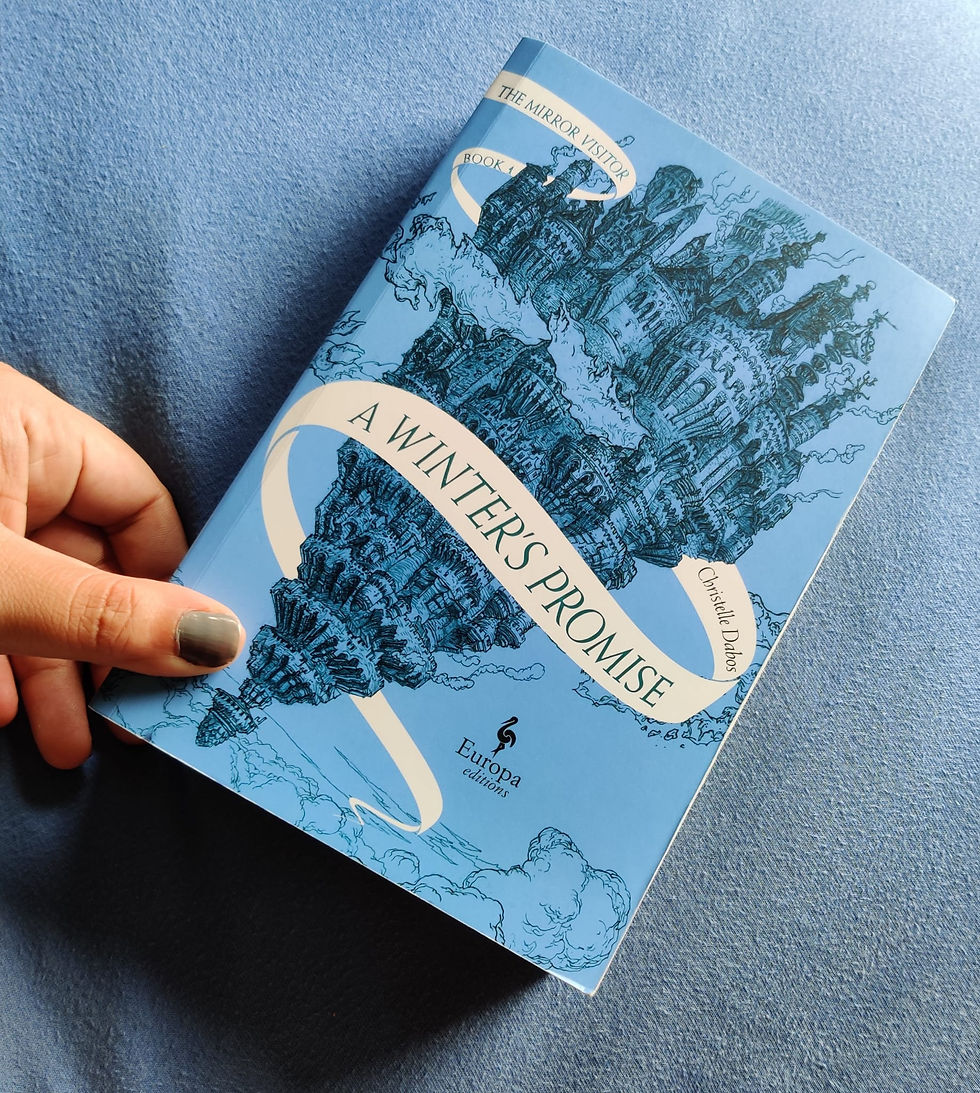City of Brass | The Daevabad Trilogy
- WWYAMA

- Feb 7, 2021
- 3 min read
Disclaimer: All views are my own. I have made a concerted effort not to include spoilers but still explain the book's appeal.
'City of Brass' is the first in S.A. Chakraborty's incredible Daevabad Trilogy.
In my experience, very few fantasy series manage to convey how complicated it is to navigate the political tensions of a fraught civilisation. Especially when you're thrown into it one day - and everyone is ascribing beliefs, aspirations and backstories to you that you had no hand in creating.
S.A. Chakraborty does a fantastic job of this. She perfectly captures the difference between reacting as part of a crowd and reacting as an individual who feels trapped in their lot in life.
Even in the first book, your mind boggles at the amount of information Nahri, our protagonist, has to process - even as she struggles to scrape together a living in 18th century Cairo. When we first meet her, she is a con woman and knows little of her own origins. She knows she has a talent for 'healing' people - but messing with chants you don't know the power of is a bit of a risk even for a talented con artist.
“You're some kind of thief, then?"
"That a very narrow-minded way of looking at it. I prefer to think of myself as a merchant of delicate tasks.”

Before she can process what is happening, Nahri is plunged headlong into a world of magical races that seems to exist in parallel with our reality, though traveling into it seems a bit more complicated for humans.
"Before his curse, all daevas were the same. We looked similar, spoke a single language, practiced identical rites. When he freed us, he scattered us across the world he knew, changing our tongues and appearances."
The races referred to take from several inspirations - born of elements, named after the conventions of the regions in which they found themselves, speaking in disparate tongues ( Divasti, Djinnistani and Geziriyya) that do nothing to alleviate the deep-rooted political tensions between them. In this first book of the trilogy, the reader is drawn in with the existence of an already complicated world and an immediate urge to see it fixed - like many old tensions, there seems no reason to give credence to the barriers - until it does.
“Praise be to God, have I actually silenced you for once? I should have accused you of treason earlier in our conversation and saved myself your insufferable comments.”
The history between the races - the deep scars of old wars that robbed entire communities of their people, capital and clout - is beautifully explored in the series - though you start to see in the first book how little it takes for the cracks to form in a fragile let's-call-it-peace.
“You're young," he said quietly. "You have no experience with what happens to people like us during a war. People who are different.”
As a side note - the exploration of racial diversity and political satire in the form of political tensions between races is fascinating when done well - as it is here - even though this series concentrates mostly on one city state for most of its shenanigans. I would happily buy absolutely anything set in this world. Upon reflection, it would be incredibly interesting to see what this parallel civilisation has been up to in the intervening years between the timeline of the series in the early 18th century and that of the 21st.
If our real world feels fractured to you at the moment - read this to feel Seen.



Comments